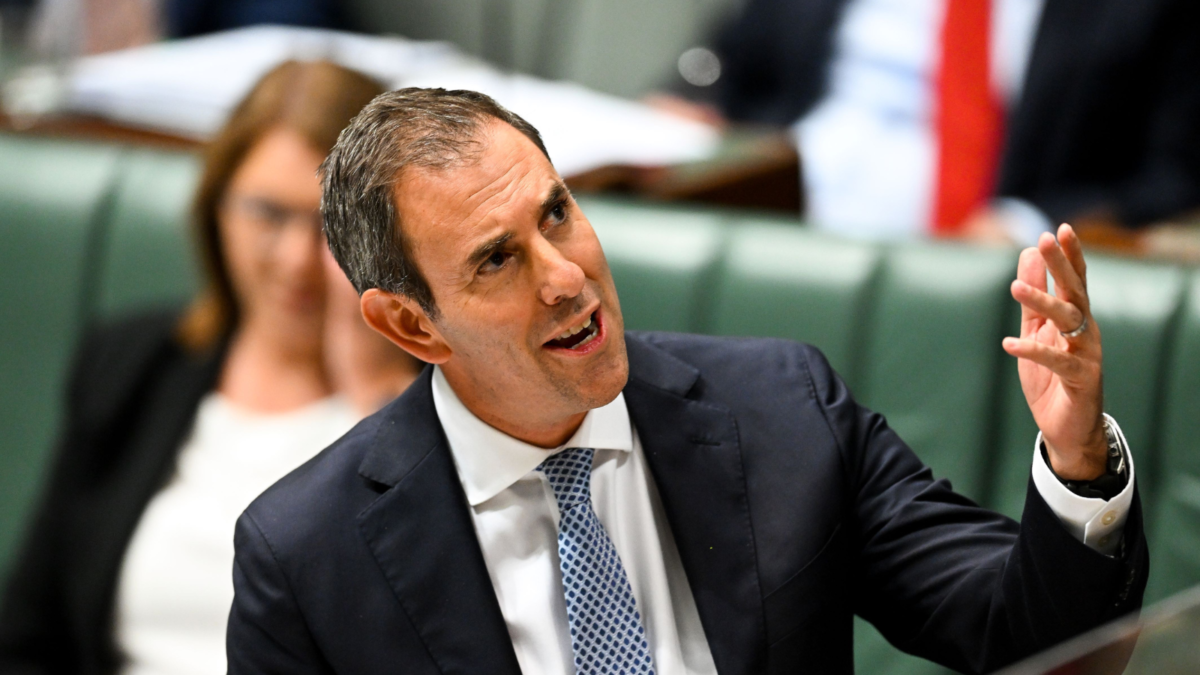LIBOR pricing could mean havoc
Asia-Pacific financial markets could experience some turbulence as bond issuers globally switch to new pricing mechanisms later this year.
According to a new report published by Bloomberg and the International Capital Market Association (ICMA), up to US$190 billion (A$246 billion) of bonds issued in the APAC region could remain linked to the traditional LIBOR benchmark due to be phased-out over the next couple of years. Most LIBOR benchmarks will cease on December 31 this year with publication of the US dollar-denominated overnight and 12-month rates to end on June 30, 2023.
Short for the London Inter-Bank Offered Rate, the LIBOR has been under a death sentence since a 2012 scandal revealed widespread manipulation of the key global borrowing rate.
All bond and loan products must reference other risk-free rate (RFR) benchmarks – with regional variations – by the respective close dates but a large number of existing arrangements is due to mature post the deadlines with some new issues still pricing to the LIBOR.
The so-called ‘tough legacy bonds’ amount to about US$190 billion in the APAC region, mostly issued in Australia, Japan and China. However, the Bloomberg/ICMA report highlights US$70 million of NZ-issued bonds fall into the LIBOR danger zone.
“The outcomes for these tough legacy bonds on the future cessation or loss of unrepresentativeness of LIBOR could lead to a risk of uncertainty, market disruption and could potentially impact financial market stability,” the Bloomberg/ICMA paper says.
Last week the Australian Securities and Investments Commission (ASIC) also cited the LIBOR transition as a “significant priority” for markets.
“There are significant risks associated with a failure to adequately prepare for the transition,” ASIC says in a statement. “While we acknowledge there are still uncertainties ahead, Australian entities have access to all the tools necessary to complete the transition. As such, ASIC encourages all firms to take necessary steps sooner rather than later.”
Nathan Bourne, ASIC markets infrastructure senior executive leader, issued an ultimatum last week urging all firms to stop inking LIBOR-referenced products after December 31 this year.

‘The next six months will be challenging for the bond market, but we are seeing encouraging development from LIBOR jurisdictions, Bourne said.
Many newly-issued products include ‘fallback’ rules that allow repricing to alternative RFRs once the LIBOR disappears but the ‘tough legacy bonds’ identified in the Bloomberg/ICMA report generally “have no or inappropriate fallback provisions”.
In the ASIC release, Bourne said: “The US, UK and EU are set to have legislative processes for tough legacy contracts, and the Sterling bond market has seen an increase in active transition from Sterling LIBOR to the Sterling Overnight Index Average (SONIA).”
But he said issuing firms should take action now rather than relying on fallback clauses and legislative actions that, at best, represent a “seatbelt” solution.
The Bloomberg/ICMA report says: “And although some LIBOR settings may have a temporary reprieve due to proposed legislative interventions, the legislation might not address all issues or be practicable in all circumstances and might not be available for long. Market participants should therefore determine their tough legacy exposure and establish plans to address it.”
Despite the long lead-in time for the LIBOR transition – with first serious plans released in 2017 – it has proven a mammoth task to unravel markets from the deeply entrenched benchmark.
US bank Wells Fargo says financial deals “totaling over [US]$400 trillion worldwide are tied to LIBOR, so the transition will affect almost every area of the financial markets”.
Bloomberg APAC chief, Bing Li, said market participants needed to have “adequate systems and infrastructure” to handle both the end of LIBOR as well as issuance of products linked to the new RFRs.
“New calculation methodologies and their associated conventions will need to be facilitated, while trading and liquidity risks have to be adequately considered,” Li said.
Japan accounts for over 80 per cent of the APAC US$190 billion tough legacy bond market, the report says, followed by China (US$14 billion) and Australia (US$9.5 billion).











